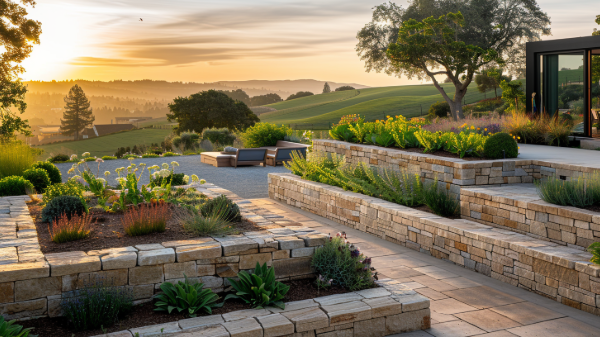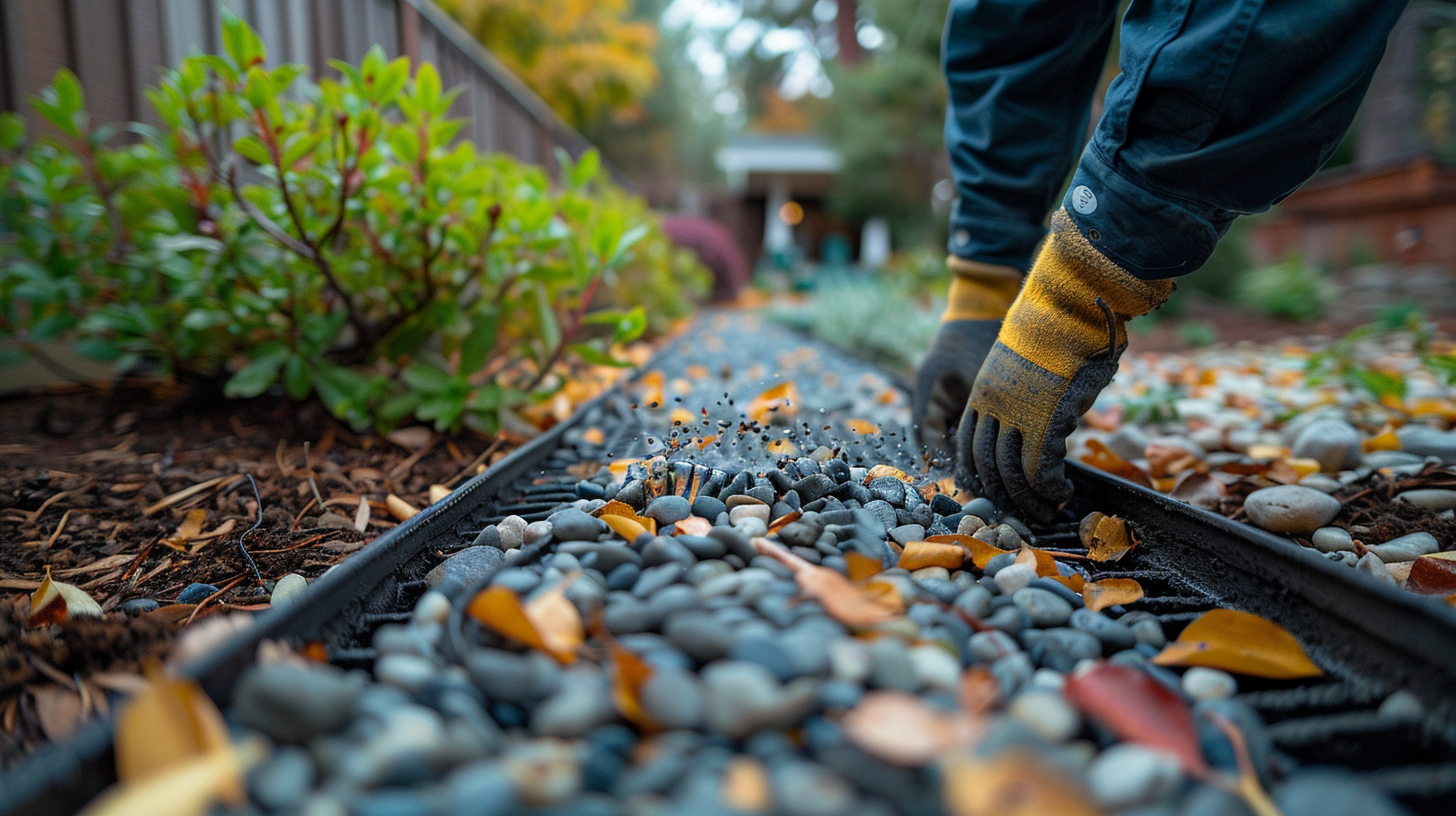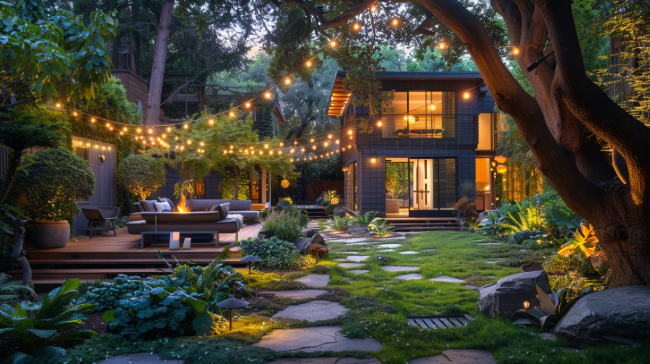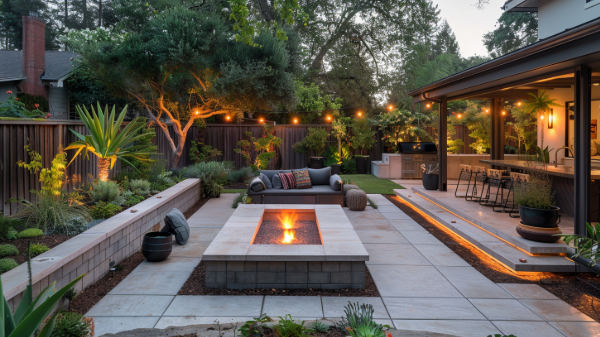Retaining Walls 101: Key Considerations Before You Build in Sonoma County

Sonoma County Retaining Walls: What to Know Before You Build
Whether you are dealing with sloped ground, erosion, or a yard that feels difficult to use, a retaining wall can provide both stability and style. These structures do more than hold back soil; they open up new possibilities for outdoor living and landscaping. Before starting a project in Sonoma County, it is important to understand the basics so your wall is safe, functional, and built to last.
What is a Retaining Wall?
A retaining wall is a structure built to hold back soil and reshape how land is used. Homeowners in Sonoma County often rely on them to manage steep grades, prevent erosion, and create outdoor spaces that are both stable and attractive. While they may look like simple garden features, retaining walls are engineered systems that need proper design and construction to function well over the long term.
When Do You Need a Retaining Wall?
A retaining wall becomes important when your property requires stability, protection, or more functional space.
- Erosion control: A retaining wall keeps soil in place on sloped yards and prevents heavy rain from washing it away.
- Stabilization: A retaining wall reduces the risk of soil shifting, slides, or uneven settling by holding the ground firmly in place.
- Creating usable spaces: A retaining wall transforms steep or uneven ground into flat areas that can be used for gardens, patios, or play spaces.
In short, retaining walls provide both safety and usability, helping homeowners get more value out of their landscapes.
What are Retaining Walls made of?
The material you choose affects both the look and performance of your wall. Common options include:
- Stone: Natural stone offers a timeless, organic look that blends seamlessly with surrounding landscapes. It is durable but often more expensive due to labor-intensive installation.
- Concrete Block: Segmental concrete blocks are one of the most popular choices. They lock together, provide consistent strength, and come in various styles to match your design preferences.
- Treated Wood: For smaller projects or rustic aesthetics, treated wood can be a cost-effective option. While it may not last as long as stone or concrete, it offers flexibility for certain yard designs.
These materials give homeowners plenty of versatility to ensure the wall fits both the functional needs and the desired look of the space.
What are the Permitting Requirements for a Retaining Wall?
Permit requirements vary by city and county, but most areas in Sonoma County require approval for any wall above a certain height, often around 3 to 4 feet. Some walls also need engineering to ensure they can withstand soil and water pressure. Before breaking ground, it is wise to confirm local rules so you do not face fines, delays, or the possibility of tearing down non-compliant work.
How Much Do Retaining Walls Cost in Sonoma County?
The cost of a retaining wall in Sonoma County depends on factors such as the size of the wall, the material you choose, and the conditions of your yard. Stone is typically the most expensive, concrete blocks fall in the middle range, and treated wood is usually the most affordable. Smaller walls may cost only a few thousand dollars, while larger engineered structures can reach tens of thousands. Although professional installation may add to the upfront expense, it greatly reduces the risk of costly issues like bulging, collapse, or water damage in the future.
What are Common Mistakes with Retaining Walls?
DIY retaining walls often fail because of overlooked details. The most common mistakes include:
- Inadequate drainage: Without gravel backfill or drainage pipes, water pressure can push against the wall and cause failure.
- Skipping permits: Building without proper approvals can lead to fines and expensive corrections.
- Weak foundations: A wall is only as strong as its base. Poor soil compaction or thin foundations often result in shifting and instability.
Avoiding these pitfalls requires careful planning, the right materials, and expertise in construction techniques.
Get Started Building Your Dream Yard with Retaining Walls
The first step in adding a retaining wall is finding a contractor who understands both the technical and design aspects of your yard. A well-built wall will not only solve functional problems but also transform the way you use and enjoy your outdoor spaces.
At Canepa Landscaping, we have the experience to guide homeowners through each stage of the process, from design to construction, ensuring your retaining wall is both functional and lasting. Contact us today to get started on creating a yard that is as stable as it is beautiful.




